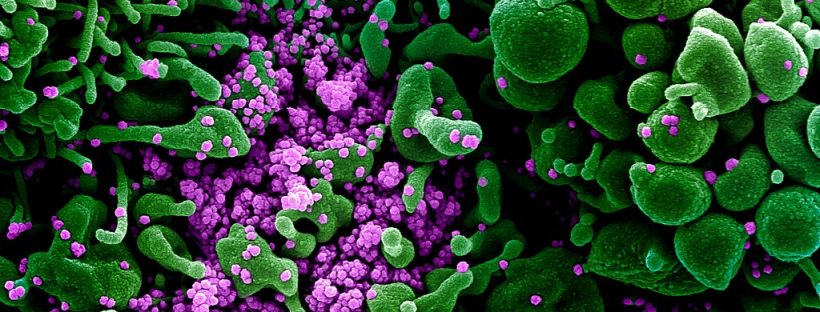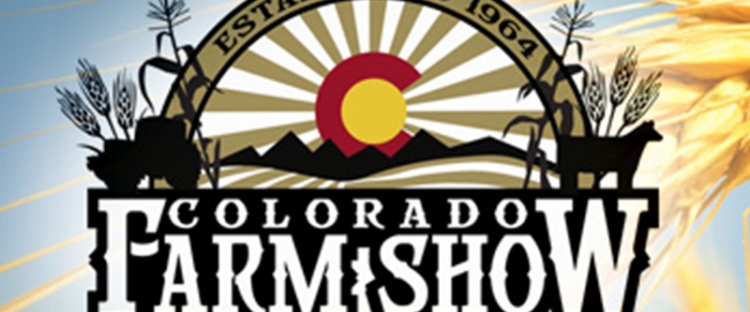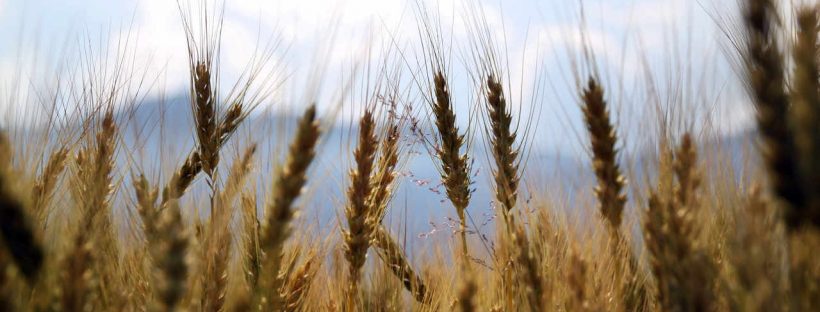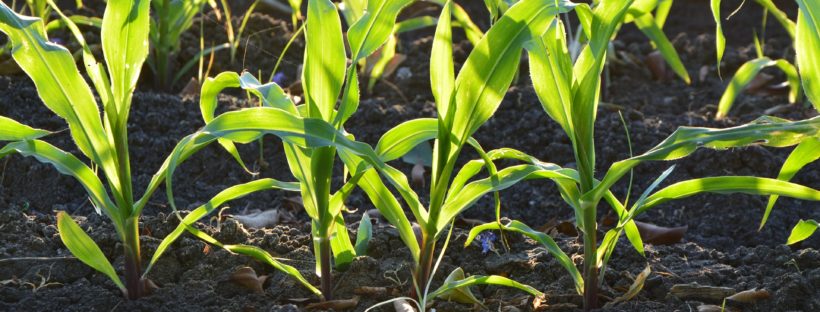We provide critical agricultural and environmental testing services so we are still open. When you drop off samples we ask that you place them in a bin outside the front door instead of coming inside to limit person-to-person contact. If you have any questions we can help over the phone at 970-353-8118.
(Credit: NIAID. Image unmodified. https://www.flickr.com/photos/niaid/49666286236/ CC-BY-2.0 https://creativecommons.org/licenses/by/2.0/deed.en). Colorized scanning electron micrograph of an apoptotic cell (green) heavily infected with SARS-COV-2 virus particles (purple), isolated from a patient sample. Image captured and color-enhanced at the NIAID Integrated Research Facility (IRF) in Fort Detrick, Maryland.



